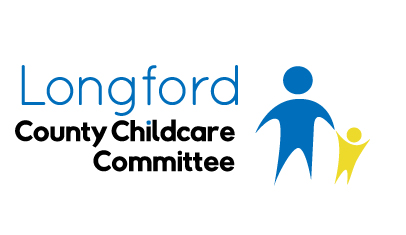Literacy in the Early Years
In the words of Geraldine French (2013) “The beginning of literacy development is embedded in the everyday communications, actions, thoughts and drawings of babies, toddlers and young children. Parents and the home learning environment are critically important in the development of both. Research has also demonstrated the positive impact of attending early childhood settings on early vocabulary development, literacy and numeracy skills. Therefore, those who work with very young children have a unique opportunity to get it right from the start and to enhance children’s literacy through rich learning opportunities.”
The term “literacy” is sometimes considered as reading and writing and so not always relevant to early year’s provision. In fact literacy covers a much wider range of learning.
Literacy in the early years includes talking about books, print in the environment, early mark making and writing, as well as sharing books and reading with young children. Aistear: The Early Childhood Curriculum Framework emphasises the fundamental importance of literacy and sharing books and hopefully this blog will assist you in doing that.
As early years practitioners we have a responsibility to advocate for early literacy experiences. We know that:
- Literacy development starts early in life and is highly correlated with academic success.
- All of the domains of a child’s development —physical, social-emotional, cognitive, language and literacy—are interrelated and interdependent.
- The more limited a child’s experiences with language and literacy the more likely he or she will have difficulty learning to read.
- Key early literacy predictors of reading and school success include language experiences and exposure to print.
- Highly capable early year’s practitioners are required to implement Aistear in practice.
- Early Years Practitioners knowledge, respect and support for the diversity of children’s families, cultures, and linguistic backgrounds are important in early literacy development.
Literacy in your childcare setting
“From the day our children are born, to the day they tell us to stop, we should read to them,” says Michael Rosen, children’s author.
Introducing literacy into your childcare setting doesn’t have to be confined to the printed ink on a page.
Chatting away in funny voices as you flick through picture books, enjoying interactive eBooks together, listening to stories being told via video or audio and singing nursery rhymes can all spark communication and literacy learning. Essentially these ideas and activities create the foundation for developing reading and writing skills.
“A shared story between a child and a familiar, loved adult has a huge impact on children’s interest and motivation for reading later on,” says PACEY President, Penny Tassoni.
Types of Literacy
There are different categories of literacy that we must support in our early years settings including emergent literacy, emergent speech and phonological awareness.
Emergent Literacy recognises the importance of early language experiences in supporting literacy development among children. Such experiences include talk, reading stories, mark-making and play. E.g. a child using a book to ‘read’ a story to a doll even though he or she can’t actually read and the story doesn’t match with what is in the book. This provides an important base for later literacy. The child has learned how a book can be used to tell a story.
Emergent Speech includes all sounds that children vocalise from birth, including babbling, gurgling, and as they progress, attempting words in order to communicate. Careful listening, understanding and when appropriate rephrasing those early communications (“you’d like the cup”) facilitates language development. In early childhood settings, educators do not need to be concerned about teaching letters and phonics in a formal way.
Phonological Awareness “This is the ability to focus on the sounds of speech as distinct from its meaning; on its rhythm, the patterns of intonation and most importantly on the individual sounds.” This does not to be addressed formally in early year’s settings but in a playful and emergent manner.
Children will lead their own literacy development through their communication and language skills. Children’s language is more than words, phrases and sentences. It includes art, Braille, dance, drama, music, poetry, pictures, sculpture, signing, and stories. While most children eventually master spoken and written language as their key means of communicating, they continue to speak through their gestures, body movements and expressions to a greater or lesser extent. By enabling and encouraging children to learn to communicate in a variety of ways, early year’s practitioners will promote and develop early literacy skills through their daily interactions.
You can read more on Aistear’s theme communicating here and a list of ideas and resources to assist you in promoting literacy in your setting here.
Sources:
D Konza, 2011, Supporting Oral Language and Reading development in the Early Years. Spotlight research into practice: research monograph 5, Victorian Literacy and Numeracy Secretariat, February, p. 2.
Early Literacy and Numeracy Matters – Enriching Literacy and Numeracy Experiences in Early Childhood, Geraldine French (2012), Barnardo’s.

